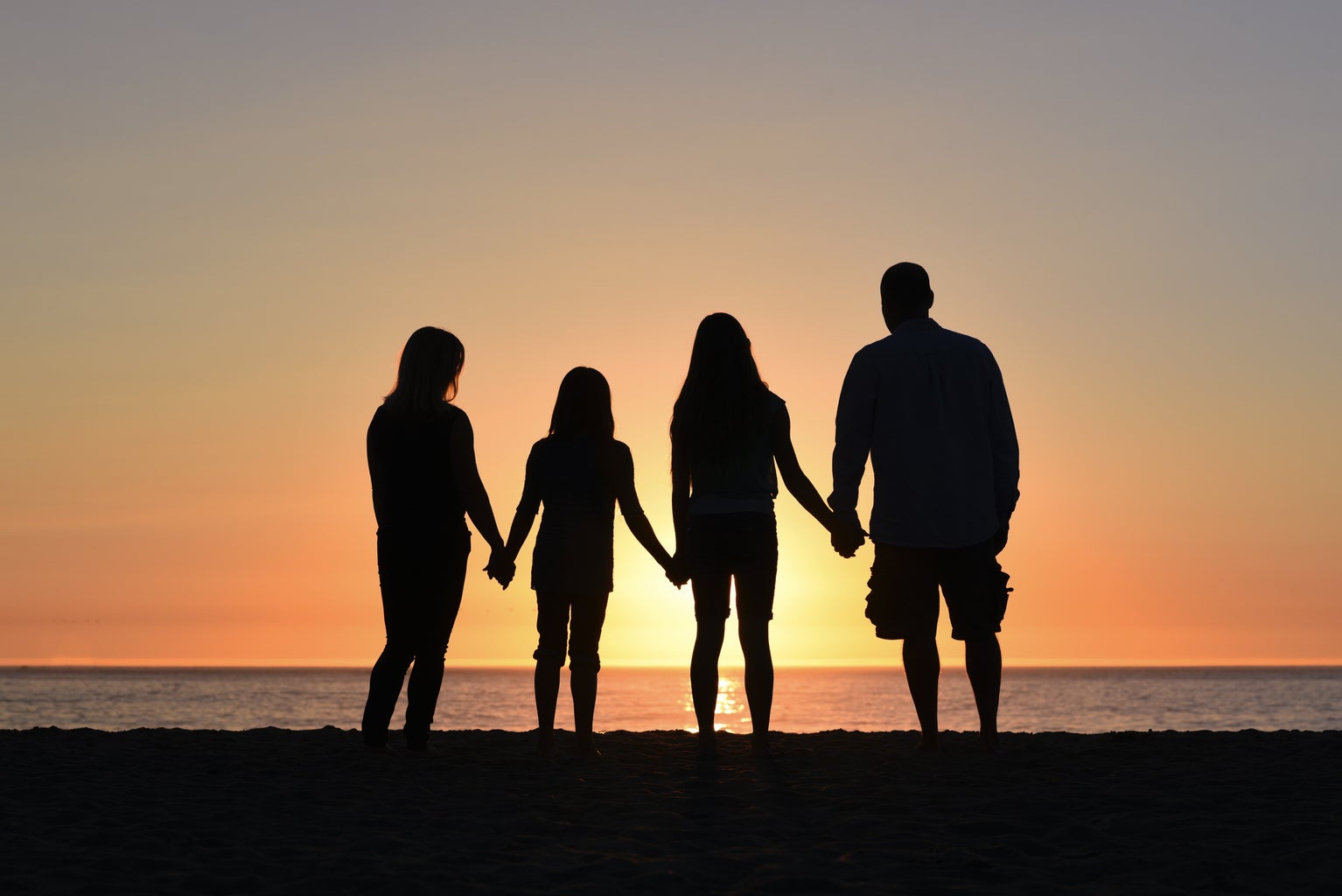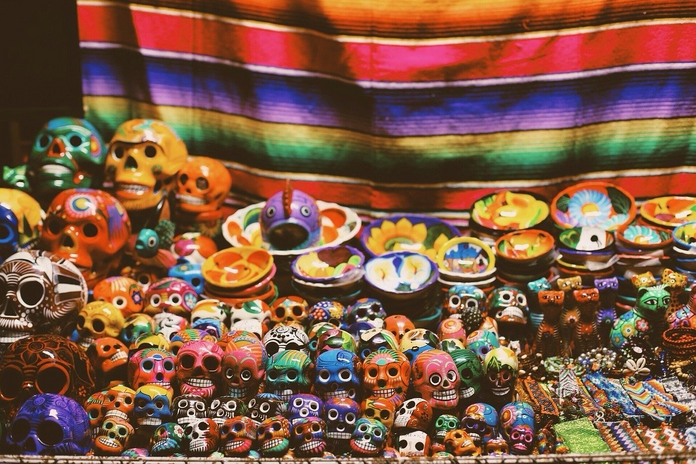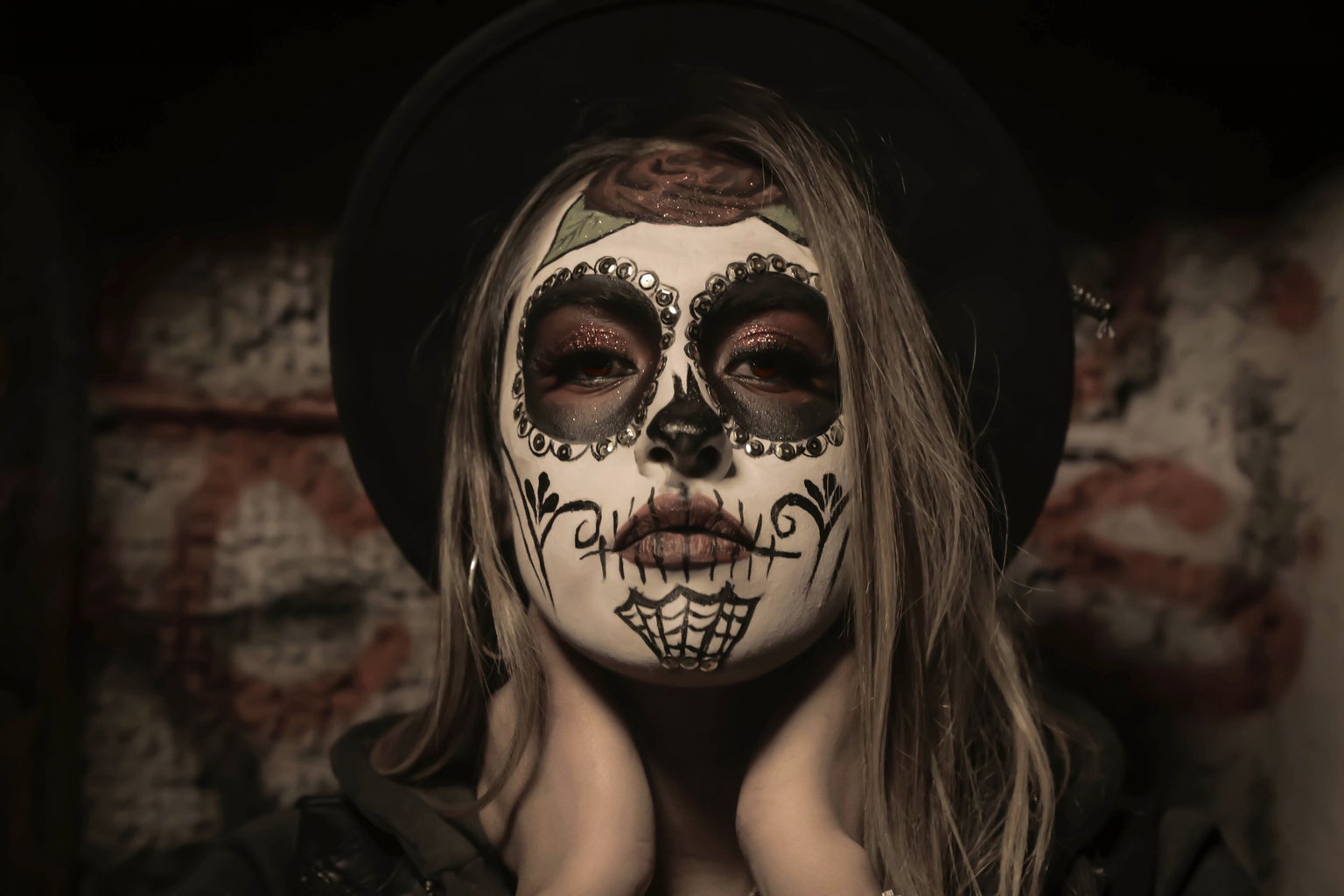For many years now, Día De Los Muertos — Day of the Dead — has reigned near the top of my list of favorite holidays. When I think of the celebration, I think of it’s beauty. There’s music, incense burning, and vibrant marigolds everywhere. Sadly, in America, those unfamiliar with Mexican culture often get the wrong idea. I’ve often heard the term “Mexican Halloween” thrown around to explain Día de los Muertos, but to be honest, I couldn’t think of a worse description. Halloween is meant to be dark and spooky, using the concept of death as a scare tactic for small children. Día de los Muertos is a completely different holiday with roots that date back thousands of years to Aztec rituals, it’s time more people recognized its true meaning. Here is a guide to what you need to know about Día de los Muertos:
1. To us, death isn’t supposed to be sad
Let’s get the basics of its meaning out of the way first. Yes, death is naturally sad to everyone, there is no changing that. But Día de los Muertos is not meant to be a sad or frightening experience, but rather a joyful one. The belief is that, for one night, the border between worlds opens up and allows our loved ones who have passed to visit us. We spend this time remembering our loved ones and welcoming back their spirits. We do not view death as the end, but rather as the beginning of our journey through the afterlife. Additionally, we spend this time reflecting on our own mortality and learning how to accept it. Whether celebrating at the cemetery, at home, or at a big festival in your city, it is supposed to be fun!
2. It’s a two-day celebration
The name is a bit misleading, I’ll admit. Día de los Muertos occurs on November 1st and 2nd. The 1st is All Saints Day and Día de los Angelitos, or day of the little angels, meant to welcome the spirits of children who have passed on. On November 2nd, the spirits of adults who have passed get their time to come through and visit their loved ones in the physical world. However, preparation for the holiday begins a few days in advance.
3. Sugar skulls are more than cute makeup
Every Halloween, I am bound to see at least one non-Mexican wearing sugar skull makeup as their costume. Very often, they do not know much about the holiday they are taking it from. The use of facepaint is not simply for an aesthetic purpose or for cute Instagram selfies. As previously mentioned, we use Día de los Muertos as a time to reflect on our own mortality. Face paint is a tool for this, giving us a visual reminder that we will one day join our ancestors in the afterlife. It is also commonly used to represent our deceased loved ones. So before doing it yourself, make sure you know the meaning of sugar skulls!
4. We create altars to welcome the dead
The focal point of our Día de los Muertos celebrations is the altars. The ofrendas — or offerings — can be set up at the graves of our loved ones, or are often done privately at home. Their purpose is to help the deceased find their way back and welcome them with their favorite things. Marigold flowers, because of their bright orange color, are believed to help light the path for our loved ones to come back. The person’s favorite foods and drinks are left for them to enjoy after their arrival. This usually includes pan de muerto, or bread of the dead, a traditional sweet bread made for the holiday. At-home altars also include photos of the deceased, and some of their other personal items can be added as well.
5. The celebrations are fun!
Let me repeat myself, Día de los Muertos is not Halloween. It is not meant to be scary or frightening as many believe it to be. It is a party! Families come together to celebrate the cycle of life and death that we are all a part of. Music is played and delicious food is shared. Stories are told of our loved ones who have passed, not to feel sad about their departure, but rather to celebrate the lives they shared with us. In normal times, there are often big public celebrations during both days of the holiday, especially in Los Angeles. When it is safe again, I highly recommend attending one. One of the most popular festivals in LA takes place at Hollywood Forever Cemetery and is my personal favorite.

In Mexican culture, family is everything. I was raised with the mindset that family always comes first. I consider myself so fortunate to have been able to spend so much time with family members who have since passed on. I was raised by an incredible family, and yes, losing members was difficult. But Día de los Muertos lets me remember them and all the wonderful times we had together. Until we can all be reunited, we can have this one day to remember what it felt like to be with them. So, no, Día de los Muertos is nothing like Halloween. It is a beautiful, colorful, and musical celebration of our mortality and a time to reunite with those we love, both in the physical and spiritual worlds.




